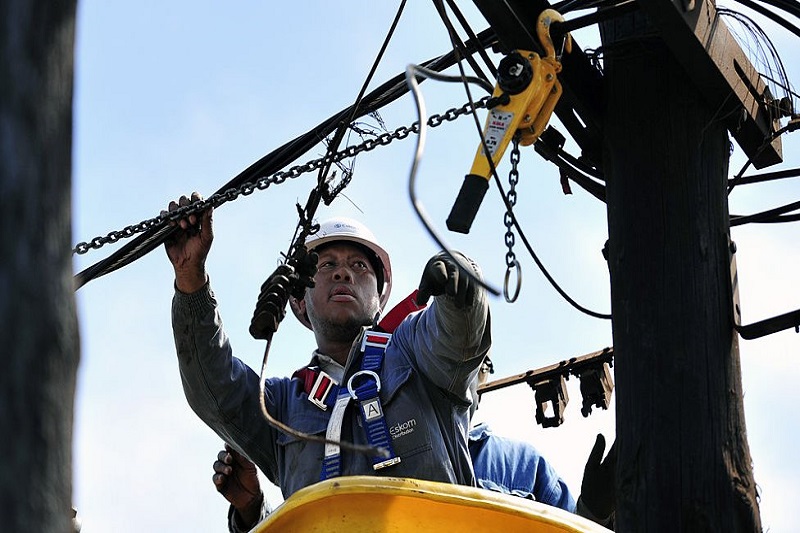Due to the generation capacity expansions trailing behind the growth in demand, South Africa has been dealing with blackouts for years. These have reached new, record-breaking levels of intensity during the past few months. Politicians and corporate executives have addressed the “electricity crisis” and taken steps to end Eskom’s monopoly.
South African President Cyril Ramaphosa announced regulatory measures in July to promote the construction and expansion of power facilities. The new rules will eliminate the need for a licence, allowing the development of power plants of any scale. Before 2021, projects generating 100MW or less were only permitted to connect to the grid for projects generating electricity exceeding 100MW, which required licencing.
Ramaphosa also revealed that the capacity sought in the nation’s upcoming supply tender would be doubled. He also said that he would be soliciting bids for new battery storage and natural gas plants.
Eskom, the state-owned utility in South Africa, is a direct target of several proposed reforms. Due to its ownership of more than 90% of the generation capacity, the business effectively controls the South African power market. Additionally, it consistently loses money and has lost millions as a result of suspected corruption and government theft. At the moment, the business owes about ZAR396 billion ($24 billion) in debt.
Related Posts
Eskom consequently blamed recent maintenance cuts on a shortage of funding. As a result, some power plants experienced more downtime, which made the power shortages worse.
Ramaphosa explained some of this outage in a speech on July 26 by blaming mistakes and delays in the building of new power plants. The difficulties, he continued, “are being addressed,” adding that as a result, Eskom put off necessary maintenance in order to keep the lights on, which is now leading to breakdowns and failures. Significant theft, fraud, and sabotage have further degraded the functioning of some of Eskom’s power plants.
“A competent and effective management team is working hard to turn the utility around and reverse years of degradation after years of state corruption and mismanagement.”
The measures included raising the maintenance budget for Eskom and increasing the hiring of qualified personnel. Additionally, this recruitment drive will attempt to lessen the considerable negative effects of crime on the energy infrastructure by enhancing security.
The supply issue will get worse over the next few years as power plants that produce around 20% of the nation’s electricity reach the end of their useful lives.
Eskom will now be permitted to purchase capacity from private vendors to make up for capacity gaps. This will include bringing electricity from nearby nations into South Africa.
The Western Cape premier has stated that he will work to accelerate projects there as well, and Eskom will also create new renewable projects in the province of Mpumalanga. Additionally, the COP26-agreed climate finance will be utilised to convert coal-fired power stations to burn biomass.
On July 31, at a session hosted by the Johannesburg Stock Exchange, executives from Eskom met with the CEOs of more than 70 private companies. “The goal of the discussions was to find areas where the parties may engage and utilise private sector investment capability,” Eskom Group CEO André de Ruyter stated.
De Ruyter “shares Eskom’s objective to address the security of the power supply through boosting capacity and reducing demand,” according to a corporate statement. Following the reforms, Eskom urged enterprises to invest in the electricity market in an effort to show how private businesses can “make a meaningful and significant contribution” to the power issue. These include funding initiatives to combat theft and vandalism as well as making investments in new power generators.

